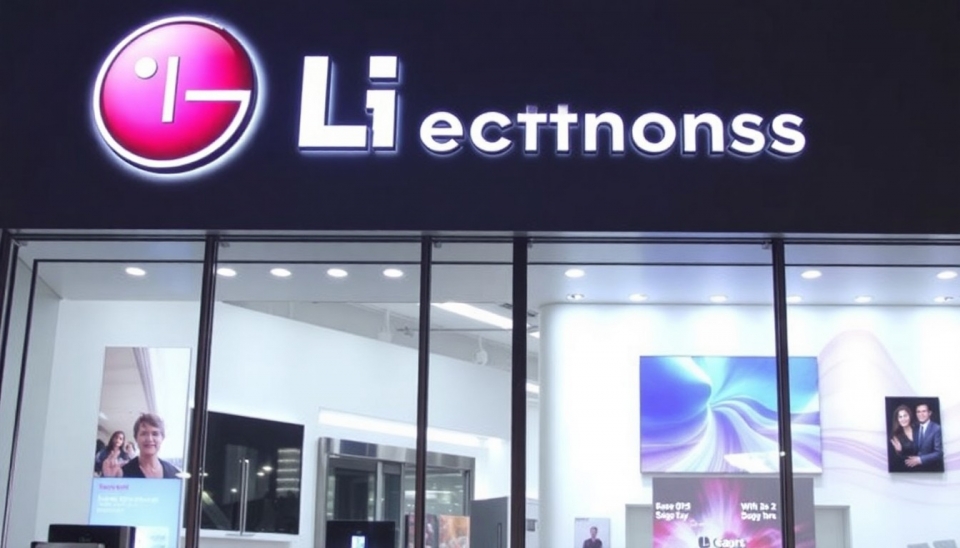
In a groundbreaking development for India’s technological landscape, a recent agreement between the Indian government and SpaceX’s Starlink is poised to enhance internet connectivity across the nation. This partnership aims to provide high-speed satellite internet access, particularly targeting remote and underserved regions where traditional cables and fiber networks have failed to reach. The initiative is part of a broader effort by Prime Minister Narendra Modi's administration to strengthen the digital infrastructure in the country.
The deal comes at a time when the Indian population increasingly relies on digital platforms for education, commerce, and communication. Starlink, which already possesses a significant international presence, plans to expand its services within India, potentially benefiting millions who currently have limited or no access to the internet.
Starlink's satellite network operates through thousands of low Earth orbit satellites, allowing it to deliver high-speed internet with lower latency compared to traditional satellite services. This technological advantage could prove crucial for users in remote locations, ensuring that they are not left behind in an increasingly digital world.
According to reports, the Indian government is currently finalizing several regulatory measures to ensure that the integration of Starlink's services aligns with local laws and standards. These regulations will likely address aspects such as spectrum allocation, customer data privacy, and competitive practices within the Indian market. The government’s intent is to create an environment that fosters innovation while protecting consumer rights.
While the enthusiasm for this partnership is palpable, it is also met with skepticism from some stakeholders. Critics argue that, while satellite internet could significantly enhance connectivity, it should not overshadow investments in ground-based infrastructure, which remain vital for urban areas. Additionally, there are concerns that the pricing structure of Starlink services may not be accessible to all segments of the population, potentially exacerbating the existing digital divide.
Moreover, the environmental impact of launching thousands of satellites into orbit has raised eyebrows among various environmental groups and policy experts. There is an ongoing debate regarding space debris and the sustainability of such satellite networks, emphasizing the need for careful consideration in future expansions.
As India moves forward with this ambitious project, it will be crucial to monitor how the collaboration unfolds and whether it can genuinely provide affordable, high-quality internet access to all citizens. The Starlink deal represents not just a technological milestone but also an opportunity for India to redefine its digital future. In the coming weeks, stakeholders from various sectors will be watching closely to assess how this partnership materializes and what it means for India’s commitment to being a global digital leader.
In summary, the alliance with Starlink could signal a new era of connectivity for India, aligning with the country's goals of digital inclusion and innovative growth while facing the challenges of establishing a sustainable and equitable broadband framework.
#India #Starlink #SpaceX #SatelliteInternet #DigitalConnectivity #Technology #DigitalInclusion #PMModi
Author: Emily Collins




